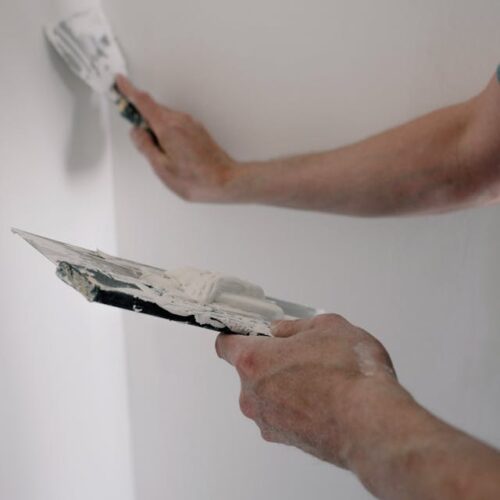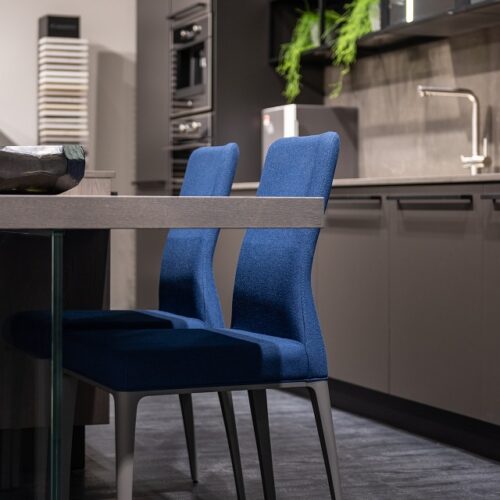
Let’s talk about something that might not be the most glamorous topic but is oh-so-important: drainage around your humble abode. Yep, we’re diving into the world of soggy lawns, flooded basements, and pesky water damage. But fear not! By the end of this post, you’ll be equipped with all the knowledge you need to spot those sneaky signs of poor drainage and take action to keep your home dry and happy. For professional help, check out pm247.co.uk/services/drainage/.
Why Drainage Matters
Before we jump into the signs, let’s quickly chat about why drainage is such a big deal. You see, proper drainage is like the unsung hero of home maintenance. When it’s working as it should, water flows away from your house, preventing all sorts of headaches like foundation cracks, mold growth, and even structural damage. But when drainage goes awry, well, let’s just say it’s not a pretty sight.
Signs to Look Out For
Now, let’s get down to business. Here are some telltale signs that your home might be suffering from poor drainage:
Pooling Water – If you notice water collecting in certain areas of your yard, especially after a rainstorm, that’s a big red flag. It could mean that the ground isn’t properly sloped to direct water away from your home.
Soggy Soil – Have you ever stepped onto your lawn only to sink into mushy, waterlogged soil? Yeah, not fun. Soggy soil around your foundation can indicate that water isn’t draining away efficiently.
Cracks in the Foundation – Speaking of foundations, keep an eye out for any cracks or damage. Poor drainage can cause the soil to expand and contract, putting pressure on your home’s foundation and leading to those unsightly cracks.
Basement Flooding – Ah, the dreaded basement flood. If you’ve ever had the misfortune of wading through ankle-deep water in your basement, you know just how damaging poor drainage can be.
Mold and Mildew – Where there’s moisture, there’s often mold and mildew. If you start noticing funky smells or strange spots on your walls or ceilings, it could be a sign of water infiltration due to drainage issues.
Gutters Overflowing – Your gutters play a crucial role in directing water away from your home. If they’re clogged or overflowing, it could spell trouble for your drainage system.

DIY Solutions
Now that you know what to look for, let’s talk about some DIY solutions to improve your home’s drainage:
- Clean Your Gutters – First things first, grab a ladder and get those gutters cleaned out. Removing leaves, twigs, and other debris will help ensure that water can flow freely away from your home.
- Check Your Downspouts – While you’re up there, take a look at your downspouts. Make sure they’re directing water at least 3 feet away from your foundation to prevent pooling.
- Grade Your Yard – If you notice areas where water tends to pool, you may need to re-grade your yard to create better drainage. This might involve adding soil to adjust the slope away from your home.
- Install French Drains – French drains are a great way to redirect water away from your home’s foundation. You can install them yourself using perforated pipes surrounded by gravel.
- Consider Rain Barrels – Instead of letting rainwater pool around your home, why not collect it for future use? Installing rain barrels can help reduce runoff and provide you with free water for gardening.
When to Call in the Pros
While DIY solutions can work wonders in many cases, there are times when it’s best to call in the professionals. Here are a few situations where expert help might be warranted:
- Severe Foundation Damage – If you notice extensive cracks or shifting in your home’s foundation, it’s time to bring in a professional contractor to assess the damage and recommend repairs.
- Persistent Basement Flooding – If your basement seems to flood every time it rains, despite your best efforts, it’s time to call in the experts. They can help identify the underlying cause of the issue and implement more advanced drainage solutions.
- Tree Root Intrusion – Sometimes, pesky tree roots can wreak havoc on your drainage system, causing blockages and other problems. Dealing with tree root intrusion typically requires specialized equipment and expertise.
Conclusion
And there you have it, folks! Armed with this newfound knowledge, you’ll be better equipped to spot the signs of poor drainage around your home and take action to address them. Remember, proper drainage is key to keeping your home safe, dry, and happy for years to come. So don’t wait until it’s too late—take proactive steps to protect your investment and enjoy peace of mind knowing that your home is in good hands.
© Copyright 2024 Antonia, All rights Reserved. Written For: Tidylife


Leave a Reply